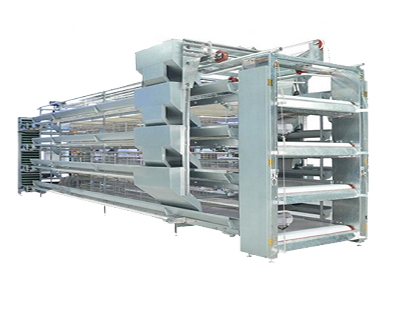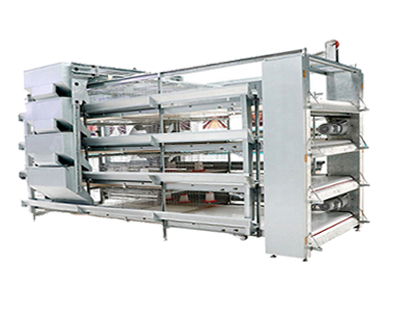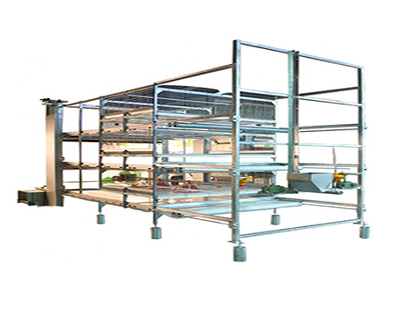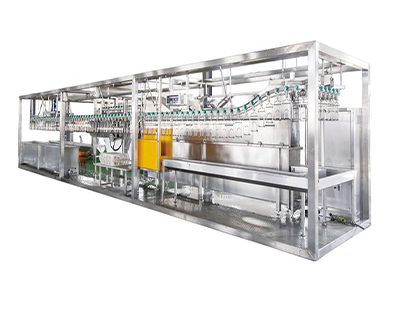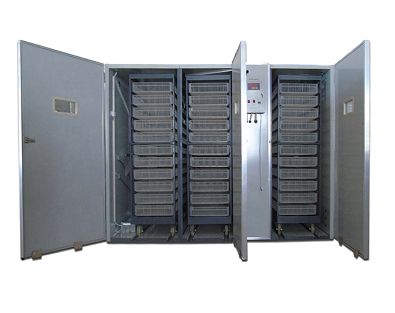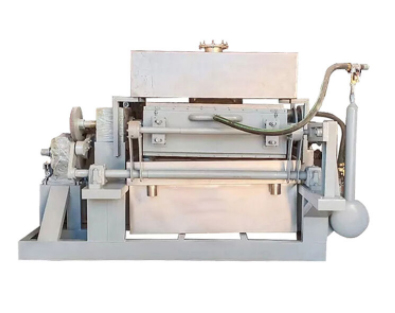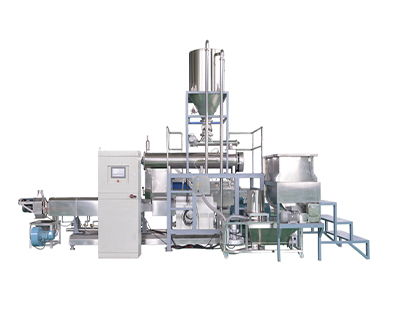
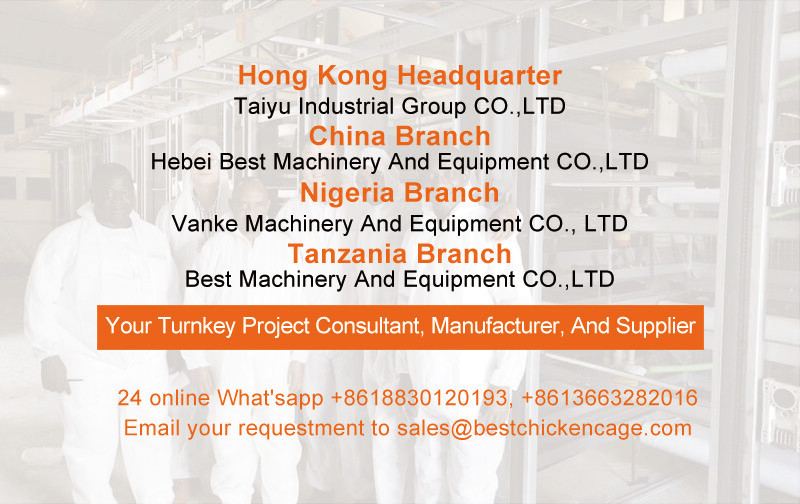
Facts about chicken farming
Chicken farming is a significant part of global agriculture, with billions of chickens raised annually for meat (broilers) and eggs (layers). Broilers and layers are raised in different conditions, with broilers typically raised for meat production and layers for egg production. Chickens are efficient feeders, converting feed into body mass quickly, and their diets consist of grains, seeds, and insects. While chickens have a natural lifespan of over 10 years, commercial layers are usually replaced after 1-2 years. Waste management, particularly handling manure, is a key consideration, with dried manure often used as fertilizer. Biosecurity measures are essential to prevent diseases, and intensive farming systems are widely used to maximize productivity. Overall, chicken farming is a highly efficient and important industry, focused on optimizing space, feed, and resources to meet global demand for poultry products
Chicken farming is a crucial segment of the agricultural industry, contributing to the global supply of meat and eggs. It involves two primary types of chickens: Broilers, raised for meat, and layers, raised for egg production. Chicken farming practices vary, with intensive farming systems being common for maximizing output in both egg and meat production. Broilers are highly efficient in converting feed into body mass, while layers typically produce between 250-300 eggs annually

Series of products to serve the poultry farm fully, click the name to learn more
1. Steel structure poultry house, opening type for hot countries and close type for cool countries
2. Poultry hatching equipment’s capacity of eggs up to 120,000+ to be hatching house
4. Chicken feed processing equipment from feed crushing and mixing to stock to feeding chicken
6. Egg processing equipment from automatic egg collection to packing egg to trays
7. Chicken slaughtering equipment from slaughter to vacuum package
9. Other poultry farm equipment are coming soon...
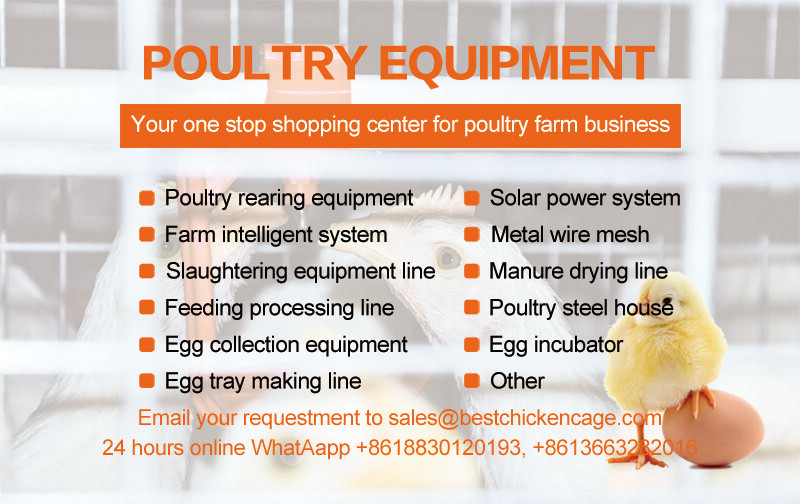
Bookmark our website and contact us now to discuss your modern poultry farm plan and quotation
Overview on facts about chicken farming
Chicken farming refers to the practice of raising chickens for various purposes, including meat production (broilers) and egg production (layers). It is one of the largest sectors in global agriculture, contributing significantly to the food supply in many countries. Chicken farming can be categorized into two main types which are broiler farming, where chickens are raised for meat, and layer farming, where chickens are raised for egg production
The process of chicken farming involves managing factors such as breeding, feeding, housing, and health care to ensure maximum productivity and sustainability. Broiler chickens are typically raised for a short period (around 6-8 weeks) until they reach market weight, while layers are kept for up to two years for consistent egg production
Modern chicken farming often utilizes intensive farming methods, where large numbers of birds are kept in controlled environments to optimize production. These systems include automated feeding, watering, and egg collection to reduce labor costs and increase efficiency
Biosecurity is an essential aspect of chicken farming to prevent disease outbreaks, while proper waste management practices, such as manure disposal and recycling, help maintain farm hygiene. With advancements in technology, chicken farming continues to evolve, focusing on sustainability, efficiency, and animal welfare
Company video
Factors to consider when choosing chicken farming
When deciding to enter chicken farming, it’s important to carefully evaluate several factors to ensure success. One of the first considerations is the location of the farm, as it impacts accessibility to markets, resources like water and feed, and potential risks such as disease outbreaks or environmental challenges. The type of farming you choose is another key factor; whether broiler farming for meat production or layer farming for egg production, each requires different management practices, space, and feeding systems. Additionally, farm size and space are critical for maintaining healthy chickens, as overcrowding can negatively affect productivity and well-being
Capital and investment are also essential, as you’ll need funds for infrastructure, equipment, and breeding stock. A solid understanding of the upfront and ongoing costs, including feed, labor, and maintenance, is necessary for budgeting. Your choice of poultry housing systems will also influence efficiency and labor needs. From traditional cages to more automated systems, the right housing affects production and operational costs
The supply of feed and water is another important consideration, as chickens require balanced diets for optimal growth and egg production. Securing reliable suppliers for both is vital for consistent operations. Additionally, labor requirements need to be assessed to determine how much workforce is necessary for tasks like feeding, cleaning, and egg collection. If automation is an option, it can reduce labor costs over time
Another crucial aspect is health and biosecurity. Keeping the flock free from disease is essential for maintaining productivity and avoiding significant financial losses. Proper disease prevention, sanitation, and monitoring routines must be in place. Understanding the market demand and pricing for poultry products is equally important. Knowing what consumers want and what prices are competitive in your region can help guide your production levels and marketing strategy
Production output
The output in chicken farming is primarily determined by the type of farming system in place (broiler or layer), the management practices, and the resources available. For broiler farming, the goal is to achieve maximum weight gain in the shortest possible time. Broilers typically reach market weight of around 2-3 kg within 6-8 weeks. A well-managed broiler farm can yield hundreds of kilograms of chicken meat per cycle, with output increasing with the scale of the operation and efficient feeding and health management
In layer farming, the primary output is eggs. A healthy laying hen can produce between 250-300 eggs per year, with peak production occurring between 18-24 weeks of age. The total egg output depends on factors such as breed, diet, and overall farm management. The capacity of the farm’s infrastructure, such as the number of birds housed, also influences the total egg production
Reliability
Credibility in chicken farming refers to the consistency and dependability of the systems, equipment, and practices that support the farm’s operations. Reliable systems ensure smooth day-to-day operations, leading to higher productivity, reduced downtime, and better overall farm management
In terms of equipment, such as feeders, drinkers, ventilation systems, and automated egg collection systems, reliability means that these tools function effectively without frequent breakdowns. Consistent performance of these systems ensures the chickens receive adequate food, water, and airflow, which are essential for their growth and egg production. For example, automated systems should reliably maintain feed schedules and distribute the right amount of nutrients to the birds
The health management systems on the farm also need to be reliable. This includes biosecurity protocols, disease prevention measures, and health monitoring systems that are essential to keeping the flock healthy and productive. A reliable health program minimizes the risk of disease outbreaks, which can negatively affect the production output and result in financial losses
Efficiency
Optimization in chicken farming refers to the ability to produce maximum output with the least amount of input, whether it be in terms of feed, water, labor, or time. High efficiency is crucial for the profitability and sustainability of a poultry operation
In terms of feed efficiency, the goal is to ensure that chickens convert feed into body mass or eggs as effectively as possible. Broilers, for example, are typically measured by their feed conversion ratio (fcr), which is the amount of feed required to achieve a certain weight. Lower fcr values indicate more efficient feed utilization. For layers, efficiency is measured by egg production per unit of feed consumed. Using high-quality feed and optimizing feeding practices helps improve feed efficiency
Labor efficiency is another important aspect. Automation and technology can significantly enhance labor efficiency by reducing the time and effort required for tasks like feeding, watering, egg collection, and manure removal. Automated systems, such as feeding lines, climate control, and egg collection systems, reduce the need for manual labor and allow workers to focus on higher-priority tasks like flock health and management
Durability
Strength in chicken farming refers to the long-lasting performance and resilience of the equipment, structures, and systems used on the farm. This includes everything from poultry housing and feeding systems to ventilation equipment and health management tools. Durability ensures that the farm operates smoothly over the long term, minimizing the need for frequent repairs or replacements and reducing overall operational costs
For poultry housing, durability is critical because the infrastructure must withstand the wear and tear from constant use, such as cleaning, feeding, and the presence of chickens, which can cause damage to materials over time. The materials used for cages, flooring, and walls should be resistant to corrosion, easy to clean, and capable of enduring the stresses of daily farm operations. High-quality, durable housing helps maintain a stable environment for the chickens, contributing to their health and productivity
In terms of feeding and watering systems, durability ensures consistent performance without frequent breakdowns. Systems that distribute feed and water need to function reliably over time, reducing maintenance costs and avoiding interruptions in the chickens’ nutrition supply. A durable system ensures that these essential services remain operational even under heavy use
Ventilation and climate control systems are also important in ensuring the durability of a poultry farm’s operations. Proper air circulation and temperature regulation are essential for maintaining a comfortable environment for the chickens, particularly in intensive farming systems. Durable systems that are resistant to rust, wear, and mechanical failure can help maintain optimal conditions for the flock year-round
Our services
1. We provide tailored solutions for feeding, watering, and egg collection systems
2. We offer optimized layouts for ventilation, space, and bird comfort
3. We supply various cage systems like battery cages and h-type cages
4. We ensure your equipment stays in optimal condition with regular servicing
5. We provide implementation of fully automated systems for feeding, waste management, and climate control
6. We offer knowledge and ongoing support to ensure efficient farm operations
Frequently asked questions
Q: What are the key advantages of automated poultry farming systems?
A: Automated systems significantly reduce labor costs and increase operational efficiency. They ensure consistent feed and water distribution, maintain optimal environmental conditions (temperature, humidity), and reduce human error, leading to healthier flocks and higher productivity
Q: How can i optimize feed efficiency for my poultry?
A: To optimize feed efficiency, select the right feed formulation based on the bird’s age and production goals. Regularly monitor feed consumption and adjust as necessary. The use of automated feeding systems ensures precise control over feeding schedules and quantities, helping to reduce waste and improve feed conversion rates
Q: How do automated manure management systems improve farm efficiency?
A: Automated manure management systems help in effectively removing waste, reducing labor, and ensuring that the environment remains clean and hygienic. This not only improves bird health but also optimizes space and reduces the risk of disease outbreaks. These systems can be integrated with drying or composting technologies for further waste management
Q: What is the importance of climate control in poultry farming?
A: Climate control is essential to maintain an optimal environment for poultry growth and egg production. Factors such as temperature, humidity, and airflow must be carefully controlled to prevent heat stress, improve feed conversion, and enhance bird comfort. Automated climate control systems are designed to maintain consistent conditions, ensuring the birds’ well-being and optimizing production
Message
Products recommended
 Steel poultry houseEquipment used for rearing layers, broilers and day old chick in a closed steel poultry houseMore
Steel poultry houseEquipment used for rearing layers, broilers and day old chick in a closed steel poultry houseMore Layer rearing equipmentThe environmental control system monitors the environmental data of the chicken shed constantly based on temperature and humidity sensor data. It controls the cooling fans, cooling pads and the clear story automatically by a microcomputer integrated systemMore
Layer rearing equipmentThe environmental control system monitors the environmental data of the chicken shed constantly based on temperature and humidity sensor data. It controls the cooling fans, cooling pads and the clear story automatically by a microcomputer integrated systemMore Chick rearing equipmentThe environmental control system monitors the environmental data of the chicken shed constantly based on temperature and humidity sensor data. It controls the cooling fans, cooling pads and the clear story automatically by a microcomputer integrated systemMore
Chick rearing equipmentThe environmental control system monitors the environmental data of the chicken shed constantly based on temperature and humidity sensor data. It controls the cooling fans, cooling pads and the clear story automatically by a microcomputer integrated systemMore Broiler rearing equipmentThe environmental control system monitors the environmental data of the chicken shed constantly based on temperature and humidity sensor data. It controls the cooling fans, cooling pads and the clear story automatically by a microcomputer integrated systemMore
Broiler rearing equipmentThe environmental control system monitors the environmental data of the chicken shed constantly based on temperature and humidity sensor data. It controls the cooling fans, cooling pads and the clear story automatically by a microcomputer integrated systemMore Chicken slaughtering equipmentThis machine is made of stainless steel, equipped with non-power rotational rollers.More
Chicken slaughtering equipmentThis machine is made of stainless steel, equipped with non-power rotational rollers.More Manure processing equipmentChange deodorization device can avoid wasting electric power which saves about 300kw per hour each day. It is cost-effective and environment friendly. We have three ways for buyers' option to solve the gas and smell problem. All the options are to reduce cost and protect the environmentMore
Manure processing equipmentChange deodorization device can avoid wasting electric power which saves about 300kw per hour each day. It is cost-effective and environment friendly. We have three ways for buyers' option to solve the gas and smell problem. All the options are to reduce cost and protect the environmentMore Egg hatching equipmentIt separates the hot environment of the cabinet from the external environment and prevents the outside air from entering the cabinetMore
Egg hatching equipmentIt separates the hot environment of the cabinet from the external environment and prevents the outside air from entering the cabinetMore Egg tray equipmentTurn wastepaper,such as old newspaper,magazines and cartons,into pilp of certain consistency through pupling,screening,and additive chemical application for forming ,main equipments, pulper, pulp tank,water tank,pipe pump,water pump,agitator consistency controller,control cabinet,etcMore
Egg tray equipmentTurn wastepaper,such as old newspaper,magazines and cartons,into pilp of certain consistency through pupling,screening,and additive chemical application for forming ,main equipments, pulper, pulp tank,water tank,pipe pump,water pump,agitator consistency controller,control cabinet,etcMore Feeding processing equipmentThis equipment can mix material,water and other additives.It's the first step of food processingMore
Feeding processing equipmentThis equipment can mix material,water and other additives.It's the first step of food processingMore
By clicking 'Allow All', you agree to the storage of cookies on your device to enhance site navigation, analyze site usage and assist with our marketing efforts.


